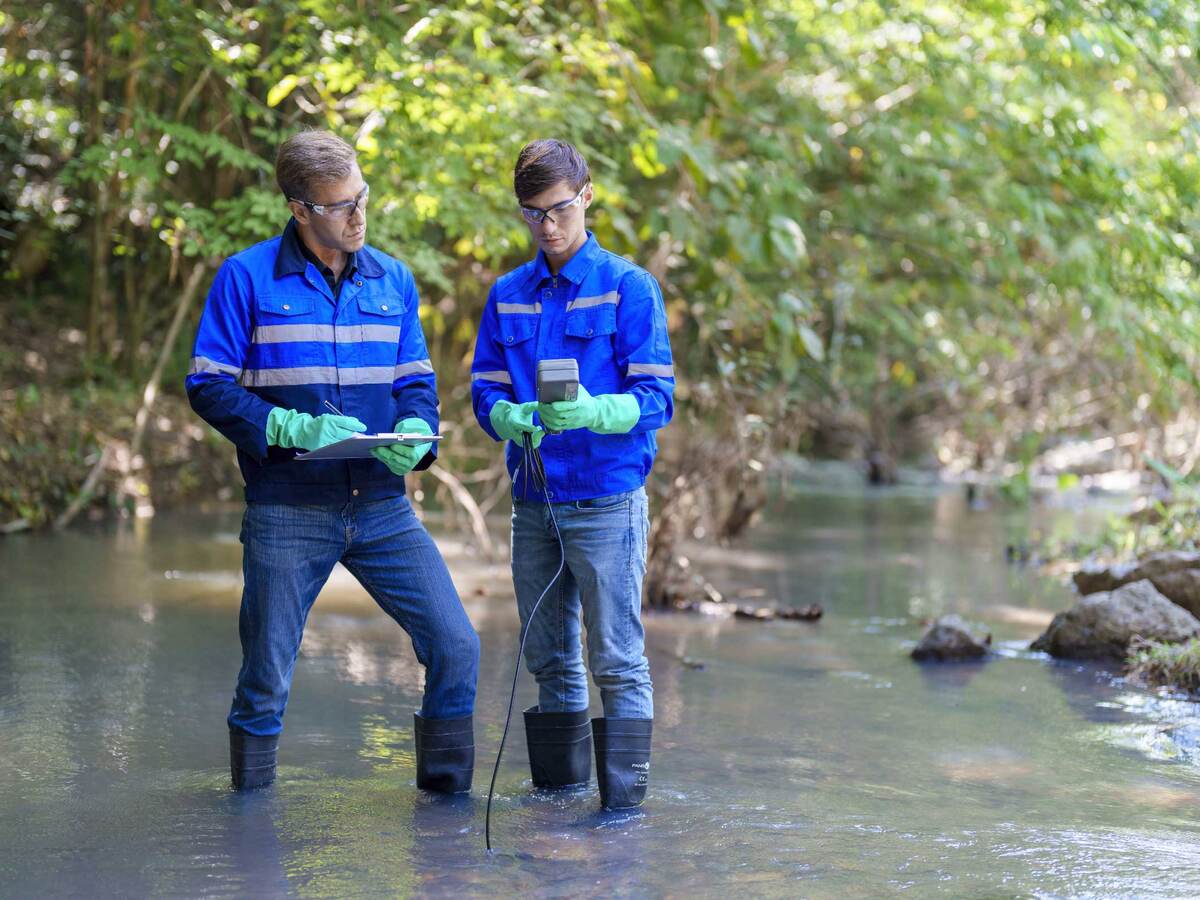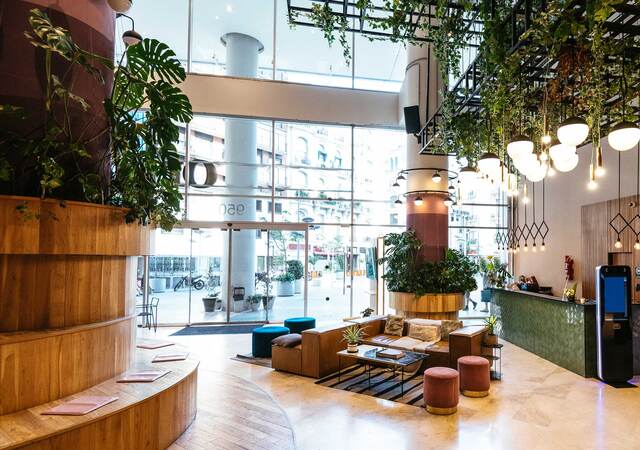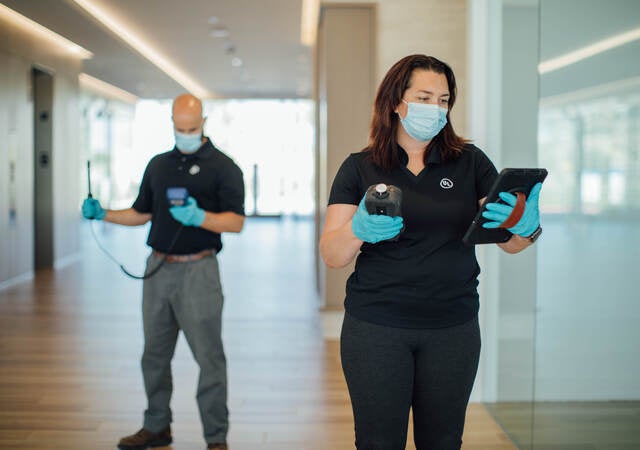Identified in 1976 after a deadly outbreak at a Philadelphia convention of the American Legion, Legionnaire’s disease is a form of pneumonia. It is caused by inhaling small droplets of water in the air that contain legionella bacteria. The World Health Organization estimates 10-15 cases detected per million people per year between Europe, Australia and the United States (U.S.). Mortality is estimated at about 10%. It is widely believed that cases of Legionnaire’s disease worldwide are underreported due to difficulties in diagnosis and varying levels of reporting and surveillance (Centers of Disease Control and Prevention).
The disease is not communicable between people, and while treatments exist, there is currently no vaccine available. It is an opportunistic disease, disproportionately affecting people over 50, smokers and those with preexisting health conditions. For this reason, hospitals and nursing home facilities face even higher risks for legionella outbreaks.
Legionella bacteria grows naturally in the environment in soils, groundwater and surface waters (e.g., lakes, streams). The bacterium has also adapted to thrive in engineered water systems and grows best in warm water. The disease is in the limelight as many buildings are still facing vacancies and low occupancy, where idle water systems present ideal growth conditions for many bacteria, including legionella.
Building environmental conditions that support legionella growth include:
- Stagnant water conditions
- Warm temperatures 77-113 degrees F (25-45 degrees C)
- The presence of scale, sediment and/or biofilm
- Inadequate levels of disinfectant
- Disruptions to plumbing (e.g., construction, water main breaks)
Risks of exposure to legionella bacteria increase when these conditions involve aerosols that can be inhaled. Buildings have various assets that may pose these risks, including but not limited to:
- Cooling towers, evaporative condensers
- Humidifiers
- Decorative fountains
- Whirlpools/spas
- Showers
- Hot water tanks
- Spray dishwashers
- Irrigation systems
The management of water distribution, water temperatures, disinfection measures and maintenance procedures are all key factors in minimizing the growth of the bacteria. While the regulatory framework regarding legionella in built water systems differs from country to country, they share many commonalities for controlling risk.
In 2015, the American Society of Heating, Refrigeration, Air-Conditioning Engineers (ASHRAE) released Standard 188 Legionellosis: Risk Management for Building Water Systems to provide minimum requirements for building water systems to address, monitor and control these risks. It outlines clear steps and methods for developing and maintaining a successful water management strategy.
The standard includes:
- Assigning a team
- Property manager/owner
- Facilities, engineering
- Water treatment vendors/contractors
- Legionella specialists
- Infection control (healthcare)
- Creating a flow diagram of water systems (e.g., utility, potable)
- Identifying high-risk assets
- Establishing control limits or tolerances of acceptance
- Monitoring and documenting corrective actions
- Reviewing and updating the plan annually
While ASHRAE 188 is currently a voluntary consensus standard, it is expected to be adopted into U.S. building codes over time. The standard does not provide specific guidance on acceptable water limits (e.g., temperature ranges, disinfectant levels), but does identify the types of buildings that need a water management program (WMP), the components that make up a plan, and assets that need to be monitored and controlled to minimize risk.
UL Solutions provides on-site services to help customers demonstrate compliance with ASHRAE 188, which covers risk management for building water systems as it relates to Legionnaire’s disease. We also maintain a CDC ELITE-certified laboratory in Fairfax, Virginia for the processing of legionella water samples.
Get connected
If you are interested in learning more about how we can help assess your water management plan in accordance with ASHRAE 188, and provide risk management recommendations and improvements, contact UL Solutions.




